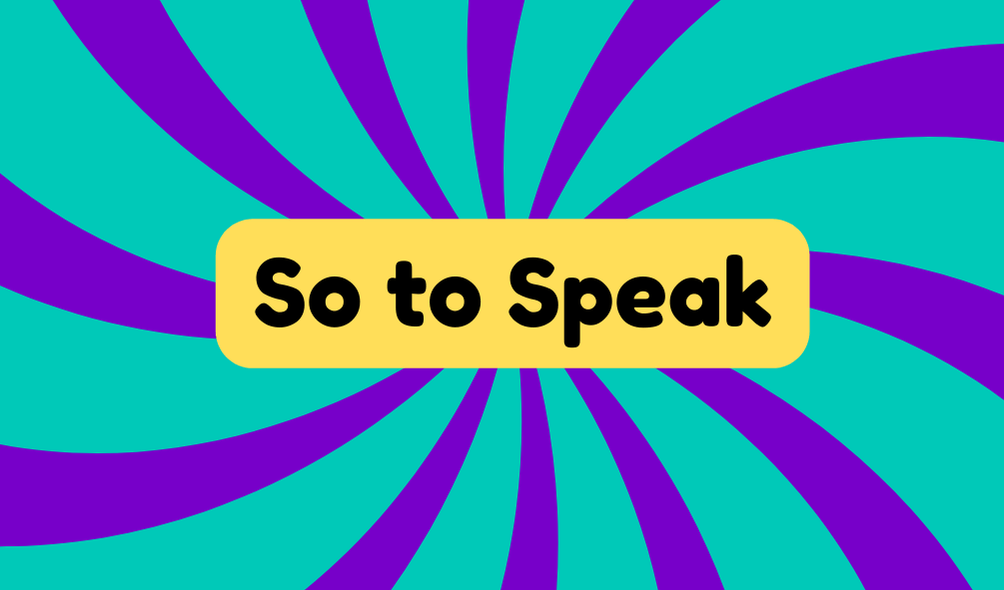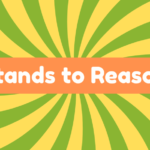The phrase "so to speak" enhances communication by clarifying and adding nuance to conversations. Its origins trace back to the 1800s, showcasing a connection to everyday language. People might say, "She's the leader, so to speak," to imply a certain role without being literal. This expression remains relevant today, bridging various communication styles and enabling subtlety in dialogue. Understanding its use can enrich one's interactions, making it a worthwhile topic to explore further.
Synonyms
The phrase "so to speak" is often accompanied by a variety of synonyms that serve a similar function in conversation. These alternative phrases enhance communication, allowing for contextual usage that can clarify or emphasize a point. For those seeking to innovate their dialogue, consider:
- "as it were"
- "in a manner of speaking"
- "sort of"
- "that is to say"
While these phrases may seem interchangeable, their nuanced meanings can affect understanding. Proper selection is paramount; the wrong phrase can muddle clarity, leaving listeners adrift instead of informed, which underscores the importance of precise language in effective communication.
Example of Sentences
Examples of sentences that incorporate the phrase "so to speak" reveal its adaptability in everyday language. By examining example usage, one can grasp its contextual versatility in idiomatic expressions. Consider these illustrations:
- "She's become the leader of the project, so to speak."
- "He's a bit scattered, his thoughts are all over the place, so to speak."
- "We're investing in green technologies, so to speak, for a sustainable future."
- "He's juggling multiple tasks now, so to speak, and it's quite a challenge."
These examples highlight the phrase's function in emphasizing nuanced meanings, perfect for innovative communication.
Origin
Originating in the 1800s, the phrase "so to speak" has an interesting journey that reflects its usage in both social and linguistic contexts. Initially, it aimed to signify a connection to everyday vernacular, highlighting language evolution among the classes. This phrase served as a bridge, allowing upper-class speakers to acknowledge lower-class expressions without embarrassment. Its historical context reveals a willingness to embrace diverse linguistic styles, though hesitantly. While a variant, "so to say," has faded, "so to speak" continues to be relevant, illustrating not only the transformation of language but also societal attitudes towards communication and class distinctions.
Collocations
Collocations associated with "so to speak" reveal a nuanced interplay of phrases often employed in everyday discourse. While many might overlook these connections, recognizing them enhances understanding of language's richness. Here are some collocation examples featuring "so to speak":
- "to live in a world," so to speak
- "to take a step back," so to speak
- "to walk a fine line," so to speak
- "to cut to the chase," so to speak
These common phrases reflect how "so to speak" adds depth, emphasizing metaphorical speech and inviting listeners to engage with expression more thoughtfully. Understanding these nuances is essential for effective communication.
How to Use in Everyday Language
Using the phrase "so to speak" in everyday conversations can add a layer of nuance that might otherwise be overlooked. This idiom enhances informal communication, signaling that a statement may not be taken literally. However, some might find its usage pretentious or unnecessary in lighthearted discussions. It can enrich dialogue, but one must tread carefully, ensuring clarity remains intact. Overuse can diminish its impact, transforming it into a cliché rather than an effective rhetorical tool. Ultimately, while "so to speak" offers a sophisticated touch, discerning when to incorporate it into everyday conversation is key to maintaining genuine engagement.
Why Is It Still Relevant Today?
While many idiomatic expressions fade with time, "so to speak" maintains its relevance in modern language, particularly in contexts where clarity is essential yet a nuanced understanding is beneficial. Its cultural significance lies in bridging diverse communication styles, allowing speakers to express complex thoughts more effectively. In a world bombarded by rapid information, this phrase insists on mindfulness, encouraging speakers to be precise while infusing their language with subtlety. As communication evolves, "so to speak" remains a valuable tool; it reflects an innovative approach to expression, catering to audiences that appreciate both earnestness and the intricate layers of dialogue.







